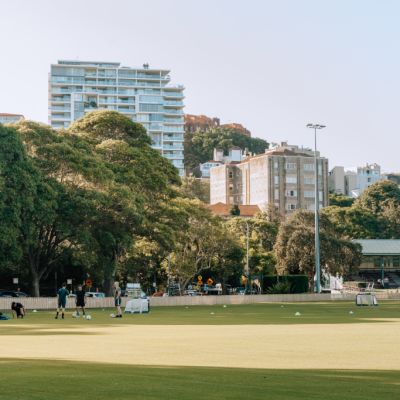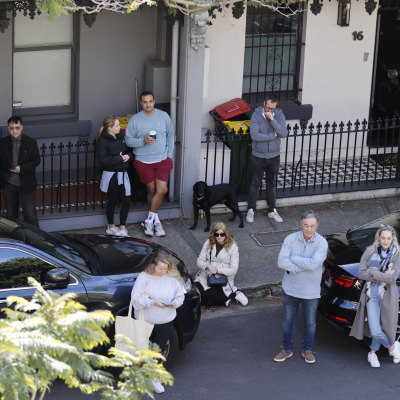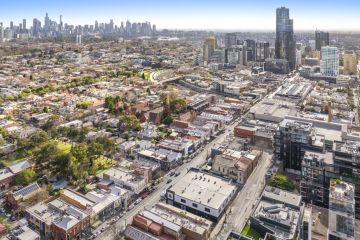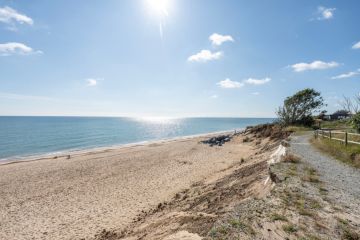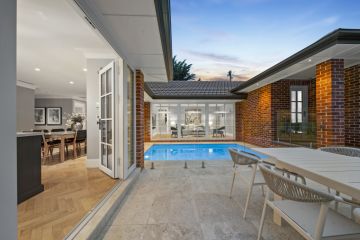The key to finding a home? First, find a partner
Single people who are young or on low incomes are finding it harder to rent a home of their own, let alone buy a home, without a significant other.
Only 22.8 per cent of single, low-income tenants renting independently were paying affordable rent by 2020, a new study shows.
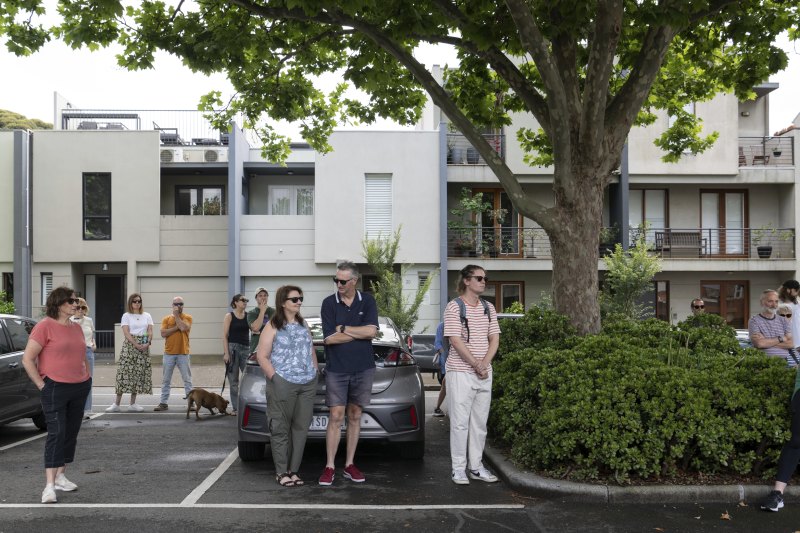
Even among those who chose to live in a sharehouse, which would likely cut costs, about half of single low-income renters were still paying unaffordable rents, the Australian Housing and Urban Research Institute report found. The figures come from the ABS Survey of Income and Housing for 2019-20.
“Single people or single-headed households, particularly those more marginally attached to labour markets, with lower-incomes across all age groups, have experienced the greatest ‘retreat’ from the independent mainstream rental sector,” the report warned.
“The notable decline of single renters in the mainstream rental sector indicates the increased necessity of a dual income to not only access home ownership but also to afford to pay rent.”
Among singles on the lowest incomes of $39,000 or less a year, 53.3 per cent were renting independently in 2017-18, which dropped to 39.4 per cent in 2019-20. Instead, more moved in with family members.
The study acknowledged the effect of the COVID-19 pandemic, but showed that the trend had already started to fall between 2011-12 and 2017-18.
Even among younger renters across the spectrum of incomes, the share of single 15 to 24-year-olds renting independently dropped from above 30 per cent in 2007-08 to below 20 per cent in 2019-20. Among single 25 to 34-year-olds, the decline was from about 50 per cent to below 40 per cent.
“The lack of affordable and suitable rental options when living alone is likely to be implicated in these complex housing dynamics over time, contributing to a more enduring structural change of who can afford to rent independently without a second income to rely on,” the report said.
Low-income earners could only afford to pay $225 per week in rent, study author and Swinburne University of Technology researcher in urban and regional planning Margaret Reynolds estimated, and it was impossible to find rental properties for that price, especially in Sydney and Melbourne.
Rents have jumped since the research period. Sydney’s median unit asking rent is $680 per week, up 17.2 per cent in a year, and Melbourne’s is $520, up 15.6 per cent, on Domain figures.
“They definitely need to earn a higher wage to be able to afford to rent,” Reynolds told this masthead. “It all goes back to supply and what is available for people on low incomes and there just isn’t anything.”
Adult children were now living at home for longer, Reynolds said, while older tenants had usually gone through a marriage breakdown, illness or loss of income, a trend that started before COVID-19 hit.
“It is a crisis. I’ve been working in this area for 20 years, and I’ve never seen so much media coverage of these issues,” Reynolds said.
Far more social and affordable housing was needed, Reynolds said, as the private rental market could not make up for the shortfall for those most in need.
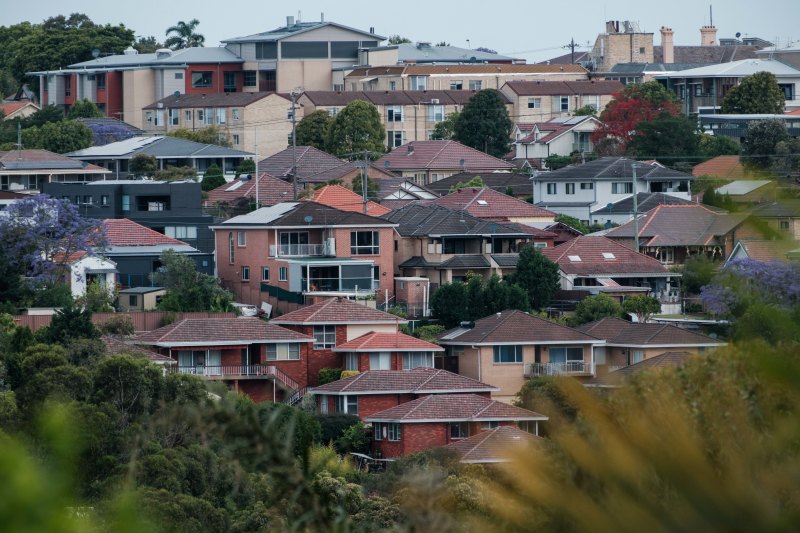
Australia Institute senior economist Matt Grudnoff said the problems for single renters had followed a similar trend to home buyers hoping to purchase solo, which had become much tougher over the past 10 to 15 years.
“Renting has caught up to that,” Grudnoff said. “Now it’s getting the same way – if you haven’t partnered up it can make it far more problematic.
“It really highlights that we have a national housing problem.”
Grudnoff said Australia’s two major parties had only been “tinkering around the edges” of the housing crisis, and introducing policies like accessing superannuation to buy a house was “a terrible idea.”
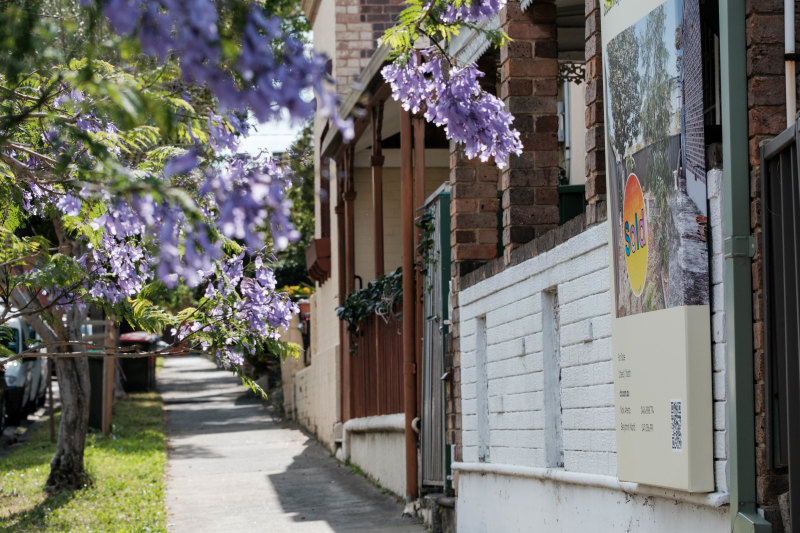
The shared equity schemes on offer in some states and soon federally meant house prices would be pushed higher, rather than making significant changes to housing supply, Grudnoff said.
More needed to be done by governments, including changing tax concessions for investors such as the capital gains tax discount, as well as ensuring there were more homes built, he said.
“We have to stop the pushback against median density zoning in middle ring suburbs in capital cities,” he said.
Australian Council of Social Service CEO Cassandra Goldie said low-income earners were in serious distress, with some forced to cut back the amount of life-saving medication they took.
“To meet their soaring rental costs, people have told us they are doing things like eating one meal a day, turning off the fridge at night to save electricity, and cutting diabetic medication by half to make it last longer,” Goldie said.
In worst-case scenarios, people were being forced to sleep in their cars or tents.
“This should not be happening in one of the wealthiest nations in the world,” she said.
We recommend
We thought you might like
States
Capital Cities
Capital Cities - Rentals
Popular Areas
Allhomes
More
